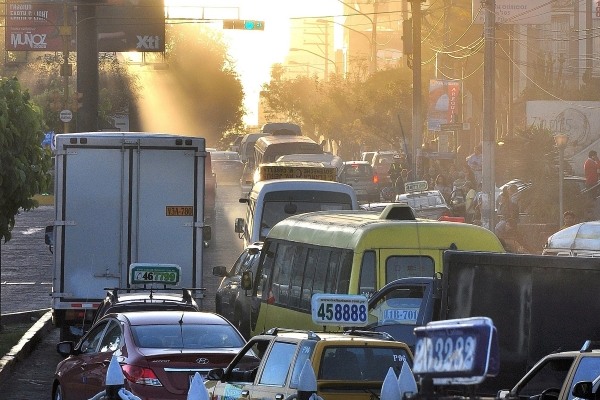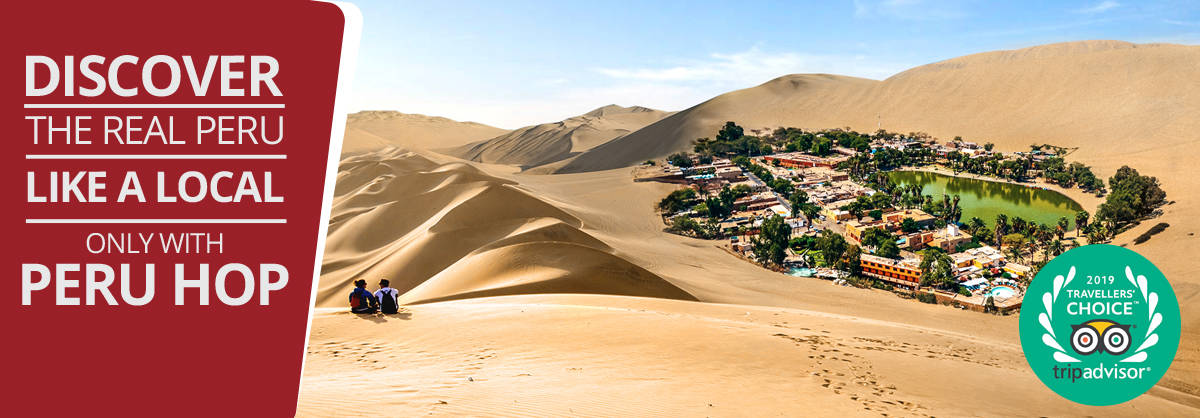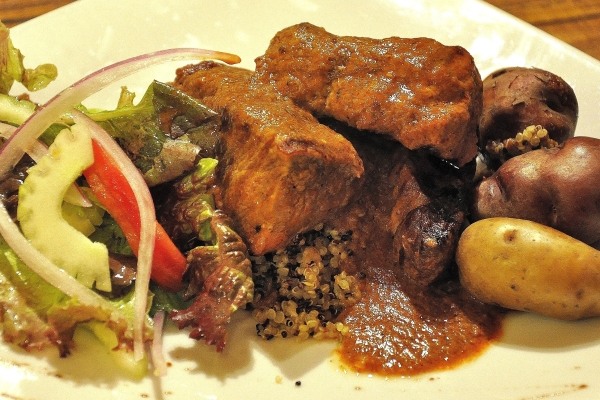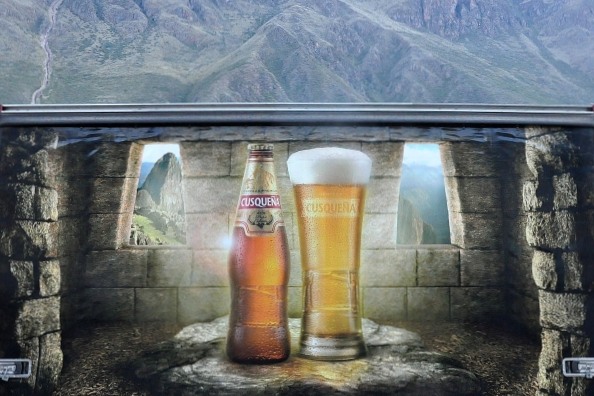Surviving at Altitude: 7 Tips The Guidebooks Don’t Tell You!
May 6, 2014If you are coming to Peru, it goes without saying that at some point you will probably climb to the dizzy heights and rarefied atmosphere of our majestic, beautiful and occasionally unforgiving Andes. Whilst altitude is obviously no problem in Lima, Nazca or the Amazon rainforest it pays to know what to expect when you ascend to places like Arequipa (7,700 feet), Cusco (11,200 feet) or Puno (12,600 feet).
But first things first: Acute Mountain Sickness or Altitude sickness as it is commonly known is unpleasant to say the least and sadly in very severe cases can be fatal, so ignore the symptoms at your peril. Make sure you seek reliable, professional medical advice before you set off on that once-in-a-lifetime trip to Machu Picchu, or Machu Picchu could end up being your last-in-a-lifetime trip.
Take things easy when you arrive, sleep a lot, eat a little, drink plenty of bottled water and the legendary Peruvian coca tea and avoid alcohol, coffee and strenuous exercise. Then once you are safely through the initial period of adjustment to your new altitude it is quite easy to adapt to an oxygen-depleted lifestyle so here are a few simple pointers to help you get the most out of your time in the high country.
1. Walk the walk
First tip: Never try to walk and eat at the same time. You will quickly find yourself gasping for breath which, worst case scenario, could so easily lead to potentially lethal food inhalation. How ironic would it be to survive the altitude only to choke on a piece of empanada? And let’s face it, the chances of finding someone who knows the Heimlich manoeuvre at the very moment you inhale your lunch on a busy Cusco street are pretty slim.
2. Avoid the Rush Hour
No, this is not about commuting. Even without food in your hand, walking at rush hour, at altitude, in a built-up area in any developing country is to be avoided. Not only is the air thin, but the fumes spewed out by ancient motor vehicles held together by rust and gaffer tape and running on home-made diesel can be positively deadly. Imagine breathing in all that muck when you are already fighting to fill your lungs at twice the normal speed. Not recommended.
3. Eat sensibly…
Most people are completely ignorant of the impact that altitude can have on the workings of the average human body, but as soon as you start putting food into your mouth the differences to your metabolism soon become apparent.
ENTERTAINMENT TIP: If looking for fun at night, or to watch sports during the day, or even a taste of home, visit the Wild Rover Hostels Chain for great food, sports and beer! Entrance to their bars is free even for non-guests
Digestion occurs at a much slower pace here, which is why you will notice locals eating large meals at lunchtime – to avoid the sleepless nights that will inevitably follow a slap-up supper. And should you decide to have your main meal in the evening, you will often be presented with a simple plate of meat accompanied by both potatoes and rice. You may think you just lucked out on your choice of restaurant, but there is a good reason for this lack of vegetation.

Whilst a meal without greenery is anathema to most of us in our five-a-day-obsessed world, consuming large amounts of vegetables pre-bedtime is not a good idea. In fact the locals here even avoid eating pulses of any kind once the sun is over the yard arm to minimise the risk of unwanted gas – a genuine hazard that can realistically last from lunchtime well into the night. Enough said. So, for the benefit of everyone, especially your bed partner, avoid nuts, beans and hard-boiled eggs before bedtime.
4. And of course…drink sensibly too
Whilst food metabolises more slowly at altitude, alcohol on the other hand is absorbed into the blood stream much more readily. Thanks to that and the low cost of alcohol in Peru, this sadly means that Cusco’s colonial Centro Historico can often be filled with Piscoed backpackers staggering across the cobblestones late at night trying to locate their unpronounceable hostals. It does, however, mean that going out and having a good time can be remarkably cheap, but be warned: with rapid inebriation also usually comes a very nasty hangover. There’s always a pay-back.
5. Don’t drink the tap water
It’s probably worth pointing out now that just because it’s colder here than sub-Saharan Africa or the Amazon rainforest, that does not mean that food and water-borne pathogens do not abound, waiting to floor any unsuspecting tourist. They do.
So a word about that old fail-safe method of making tap water safe to drink, i.e. boiling. In Cusco water boils at just 88C instead of 100C, and in Puno it’s even lower, so no matter how long you leave it bubbling on the stove, if there is something really nasty in it you won’t be able to drink it without risking at best a couple of days familiarising yourself with the inside of your hotel toilet or at worst a spell in one of the nice clinics in town. Official advice is to boil water in Cusco for at least three minutes. Me? I even boil my vegetables in mineral water…just to be on the safe side.
6. Go easy in the gym
Strenuous exercise is to be avoided at altitude, particularly when you first arrive. But once you are used to the thin air, you will be pleased to know just how little exercise you have to do to give yourself a really good workout, which is quite a relief given how hard it is simply to breathe.
At 12,000 feet the body has to work about twice as hard as it does at sea level in order to maintain optimum blood-oxygen levels. So instead of jogging a mile along the beach at daybreak, you only have to manage 800 yards or so to get the same benefit in Cusco. And you can feel the “half-hour burn” with Jane Fonda’s workout video in a mere fifteen minutes. Perfect for those juggling a busy sightseeing schedule with a body-image obsession, and it means you can save money by not insisting on a hotel with an in-house gym.
7. Slip, slop and slap!
Peru’s major Andean towns and cities are all surprisingly close to the equator, but thanks to their height above sea level it never gets really hot. This proximity to the equator, however, coupled with the thinness of the air means the sun is intense at any time of year. This is great news for sun-worshippers as you can tan really, really quickly – nought to San-Tropez in a matter of minutes – but you can burn easily too: San Tropez to pork scratching in just a couple of minutes more… so always use adequate sun protection, wear a hat etc. The pharmacies in Cusco don’t sell anything under SPF 30.
So there you have it. A rapid ascent to the dizzy heights may well mean risking a holiday spent breathless or in bed thanks to too much cheap booze or unpurified water. But on the plus side, given that eating and drinking to excess is so difficult to maintain over a prolonged period, and that simply walking to the corner shop to stock up on mineral water is the equivalent of a really good workout, you could well emerge from your spell living the highlife considerably lighter and looking a few years younger!
Useful Links
Fit For Travel
Centers for Disease Control and Prevention
The Travel Doctor
YOU MAY LIKE

Lima to Machu Picchu – Agencies DON’T want you to read this!

#1 Rated Day Trips From Lima To Unforgettable Destinations

Everything You Need to Know to Avoid the Typical Tourist Mistakes At Machu Picchu

What NOT To Do When Visiting Rainbow Mountain

Spend 50% less and see 100% more in Peru

Machu Picchu Tickets – All You Need To Know!

These Hidden Destinations Just Outside Of Lima Will Blow Your Mind!

Peru – How to Avoid Being a Typical Tourist

OFFICIAL: This Company Was Voted The Best Way To Get Around Peru

Peruvian Travel Secrets That Only The Locals Know
Leave A Reply
You must be logged in to post a comment.





